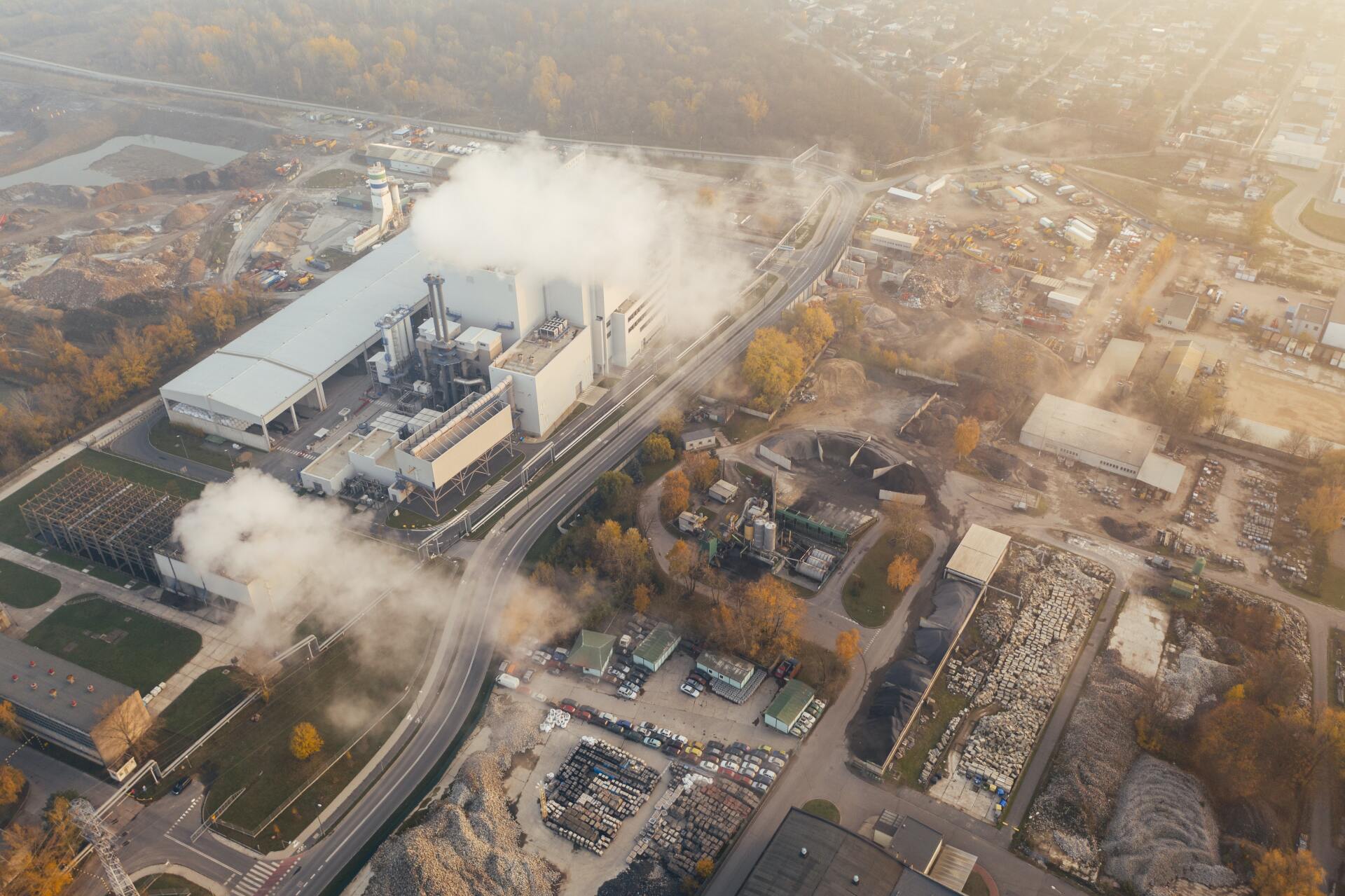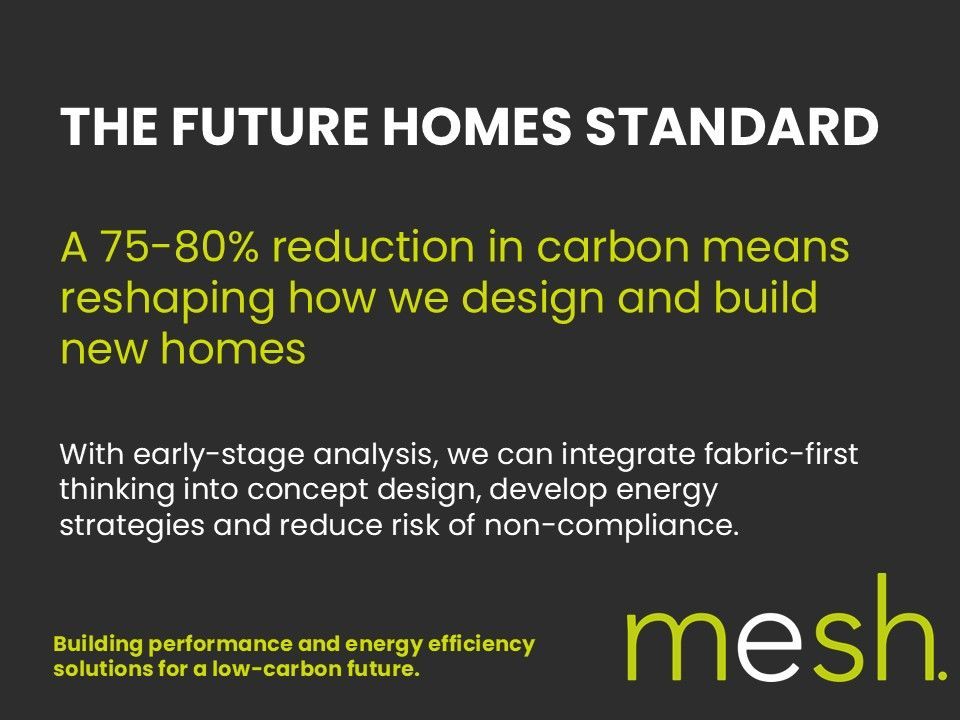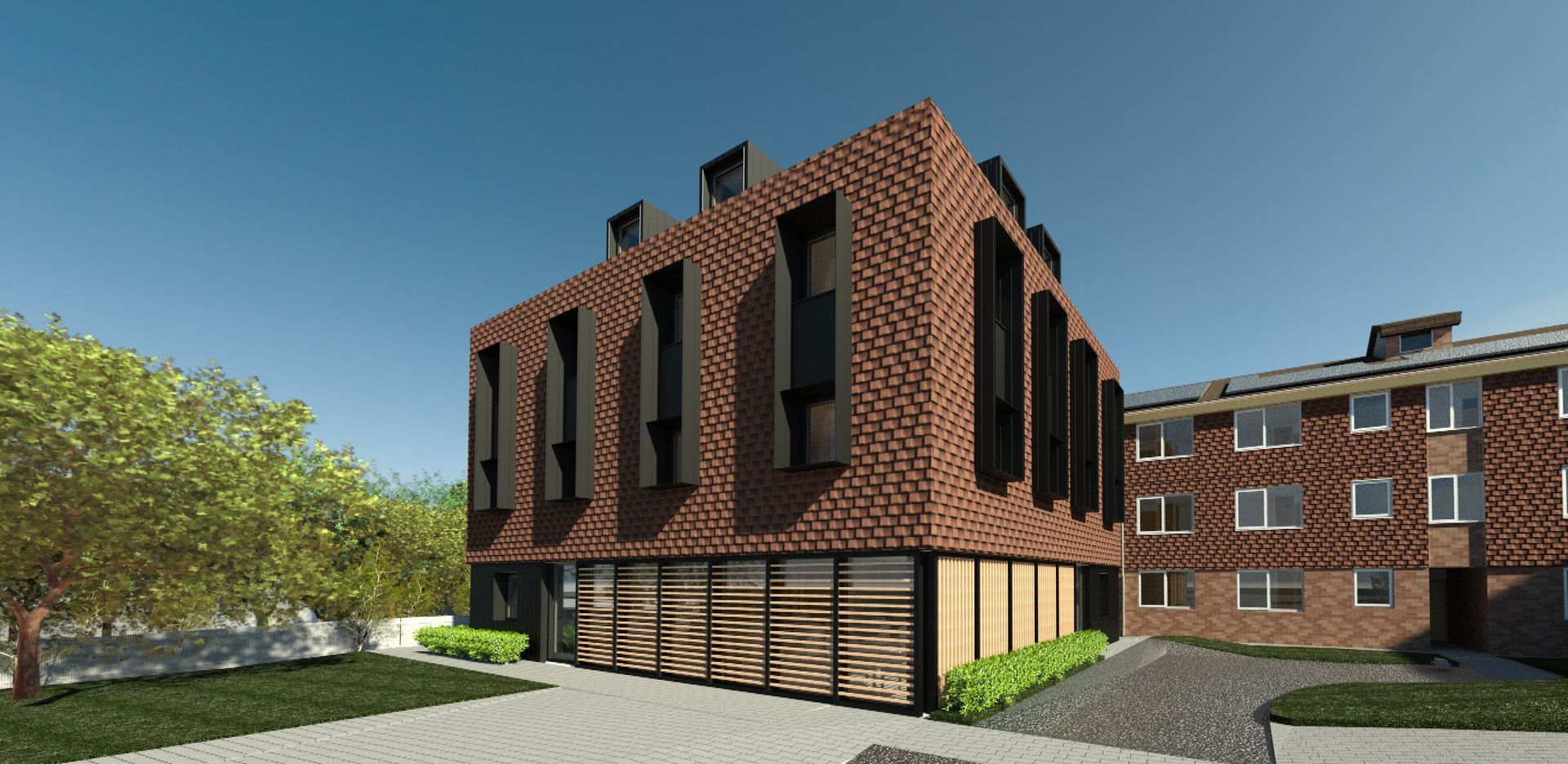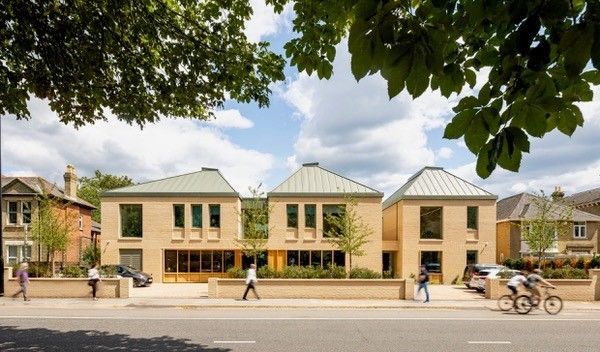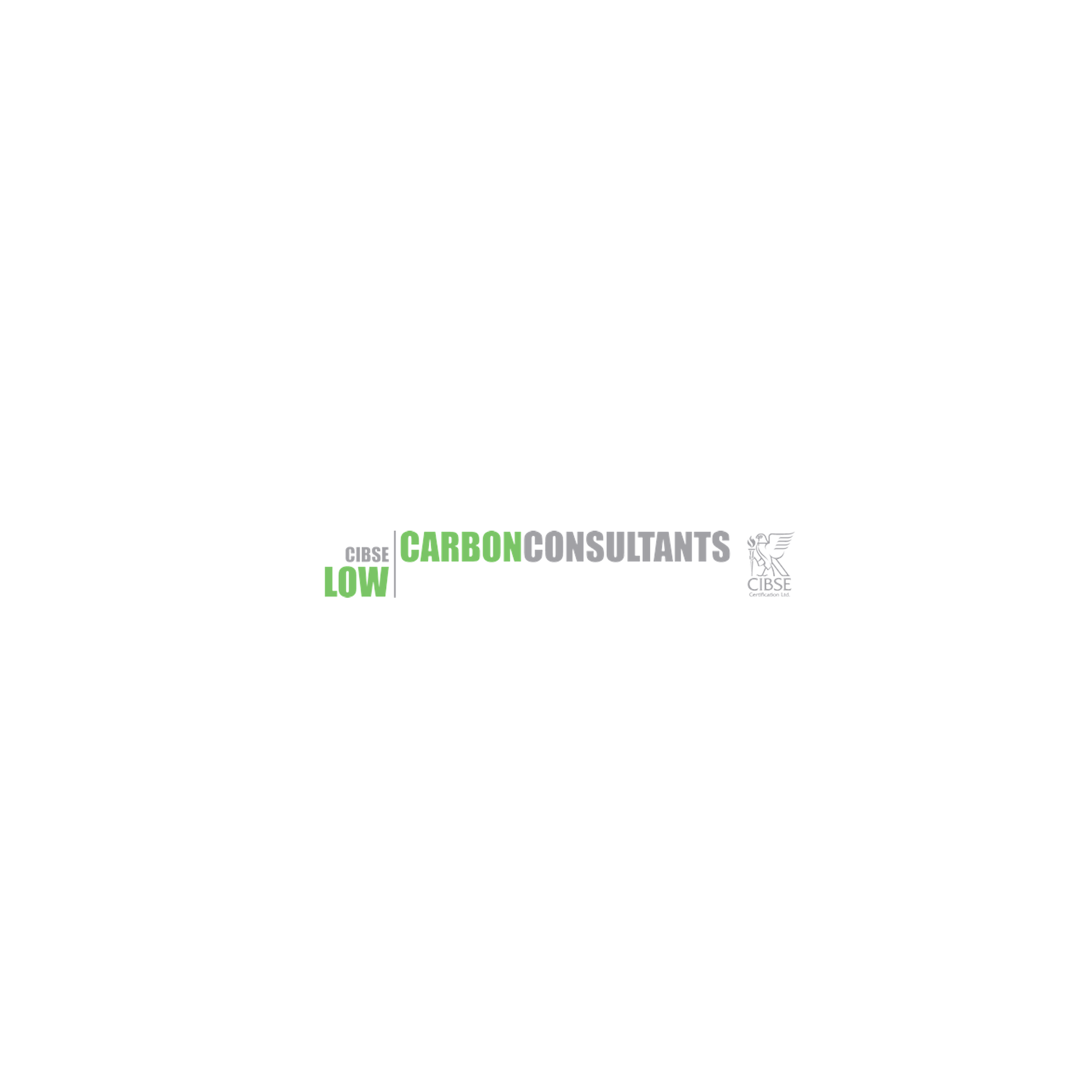When is it ok not to care about carbon emissions?
Probably the best place to start on this one is to clarify some of the terminologies we use:
- Embodied carbon: The carbon that is "embedded" into the construction of the building and includes all the manufacturing and transportation of the materials as well as the carbon "locked-in" to the materials themselves
- Operational carbon: The carbon associated with running the building. So the heating fuel, be that gas oil or electricity and the electricity for small power.
- Lifecycle carbon: Adds these two together and methodologies generally assume 60-years of operation
I think we can all agree that saving carbon is good (hopefully!!) but the dichotomy is that generally speaking, the best insulations, by which I mean those with the best thermal efficiencies at the slimmest thicknesses, have the highest embodied carbon emissions. A standard PIR for example has about 170kg CO2/m3 vs 70kg CO2/m3 for a wood fibre.
You would however need roughly double the thickness to get the same level of thermal efficiency or heat retention from the wood fibre and that would still be a slight win from a carbon point of view (because now we're comparing 170kg for the PIR against 140kg for the wood fibre). While on paper this seems like a no brainer, practically the difference between 100mm and 200mm can be significant; particularly when considering external walls.
A homeowner can decide to insulate internally or externally:
- Internally and that's a fairly intrusive loss of floor space
- Externally the Architect will need to think carefully about window reveals, roof overhangs and gable ends & there will be planning implications of increasing the property size
- It may be that it's simply not possible to reach that thickness
- They may ultimately be tempted to just do the best possible thickness with the more sustainable material
In my opinion that would be a mistake and here's why…

If you take a typical 100m2 three bed 1900s detached property and insulate it to current Building Regulations (SAP notional dwelling) for new builds you'll reduce the space heating requirement by around 85%. Which with a gas boiler is about 6 tonnes of CO2 annually.
You could reach that saving using either 100mm PIR or 200mm wood fibre, to all thermal elements (I am using a pinch of poetic license here these are a wide variety of practical considerations that this post glosses to prevent it from becoming a monster!) the difference in Embodied Carbon terms is about half a tonne.
If you only have space for 100mm you could reach roughly 1990s standards with 100mm wood fibre, or use only approx. 50mm PIR
Here is the operational and embodied carbon compared…

The grey columns represent the embodied carbon to reach current Building Regs (SAP Notional Dwelling). You're "spending" 3-4 times the carbon to hit that standard as you would save annually depending on the insulation selected.
The brown shows the embodied carbon to reach 1990s standards, here you're spending roughly a year's emissions on the improvements to the property.
Those proportions change when you heat with an ASHP - which we can see significantly reduces the carbon emissions regardless of the build standard….
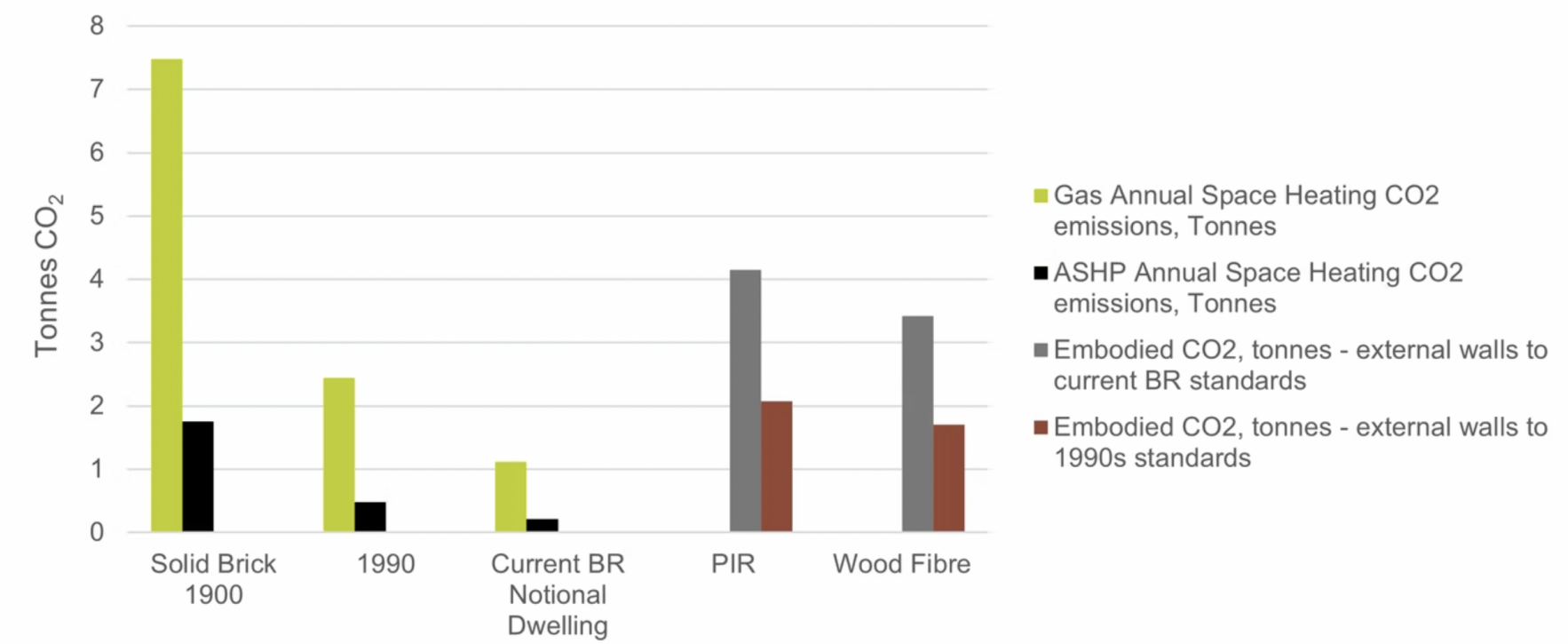
But when we consider the Lifetime and the 60 year impact of that operational carbon the embodied carbon pails into insignificance...
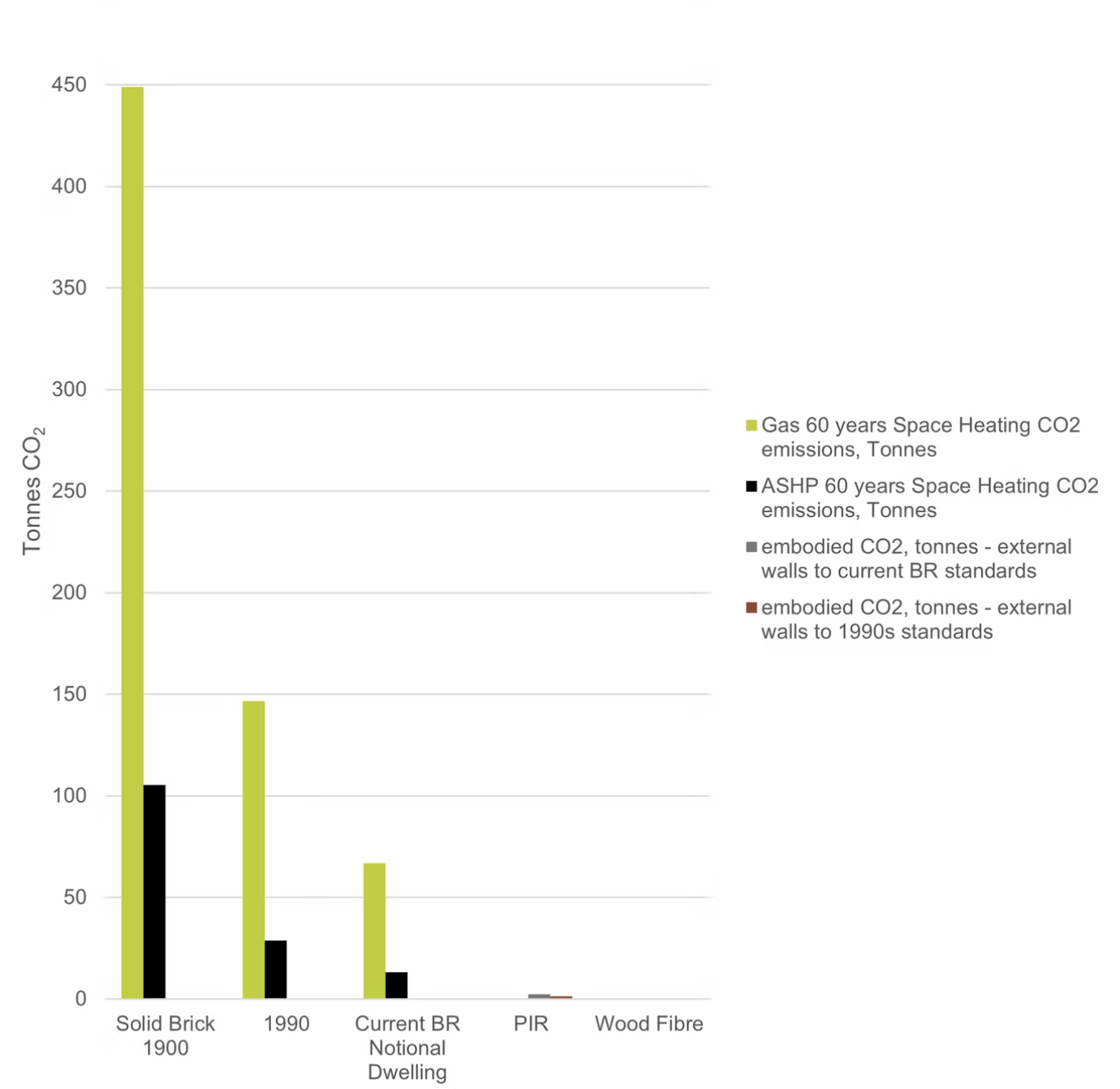
There is significantly more to be gained from the operational savings and, I believe, for retrofit, this is what we should be focusing on.
Now I don't want people to walk away from this thinking that Mesh Energy said that embodied carbon isn't something that we should be focusing on! IT IS when we're building new buildings. The materials used with the structure and foundations have significant embodied carbon associated with them, whereas for retrofit they already exist, so I haven't accounted for them here.
And when we’ve built with a fabric first approach and we're exceeding the current minimum new build standards, then a much higher proportion of lifecycle carbon is made up by the embodied carbon.
SHARE THIS POST WITH YOUR NETWORK






